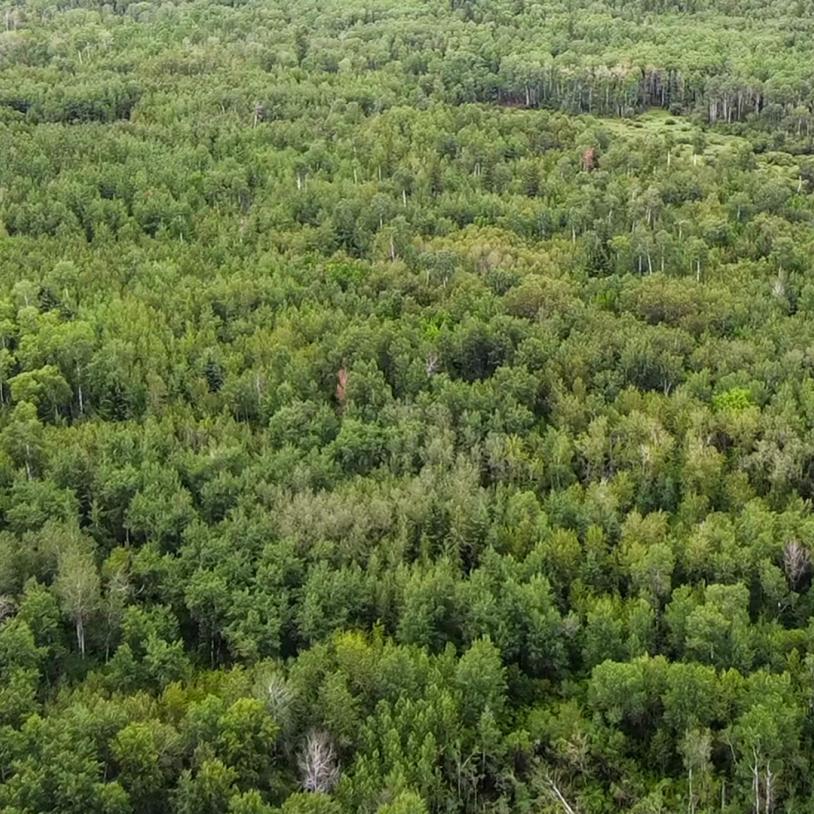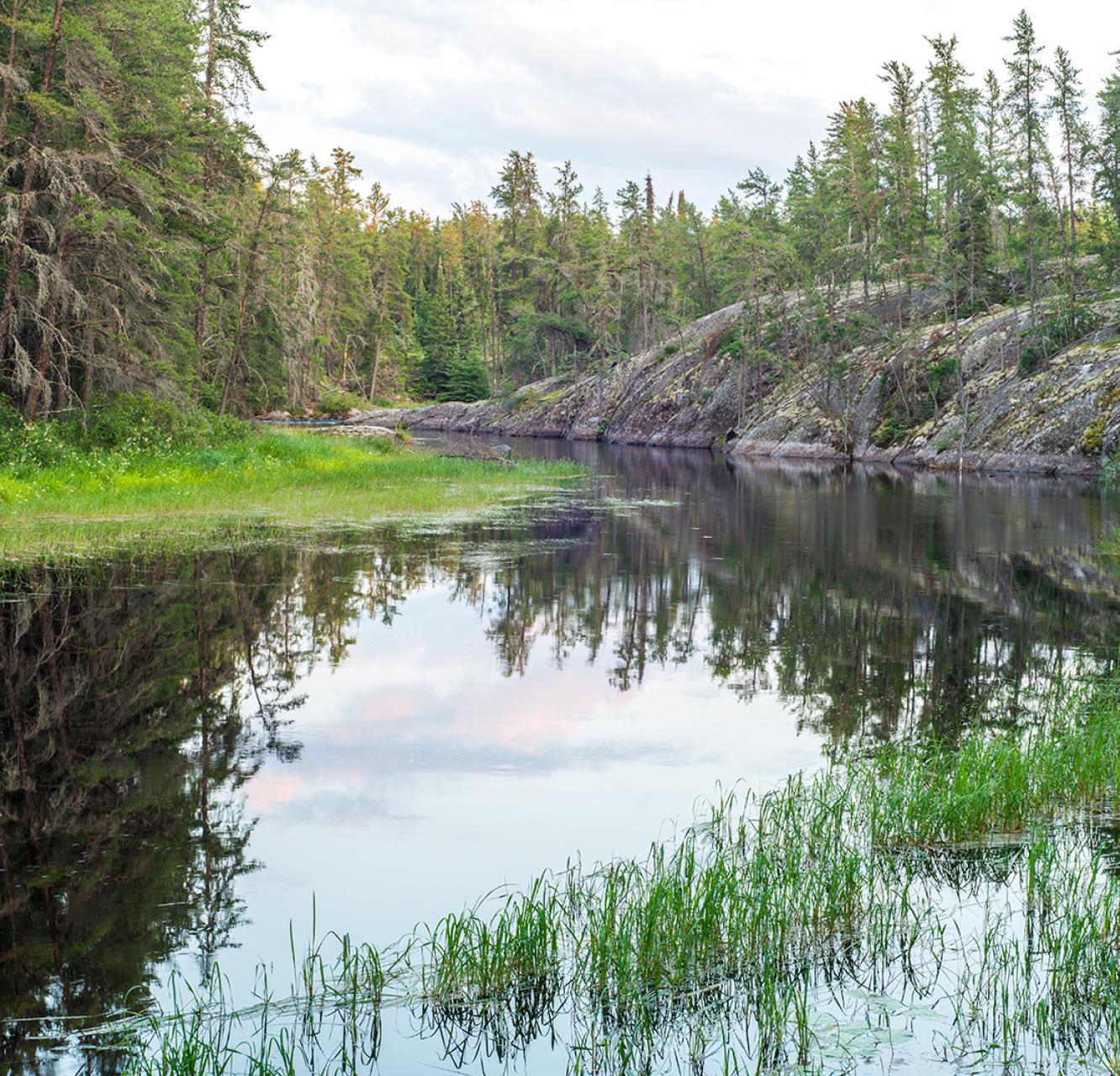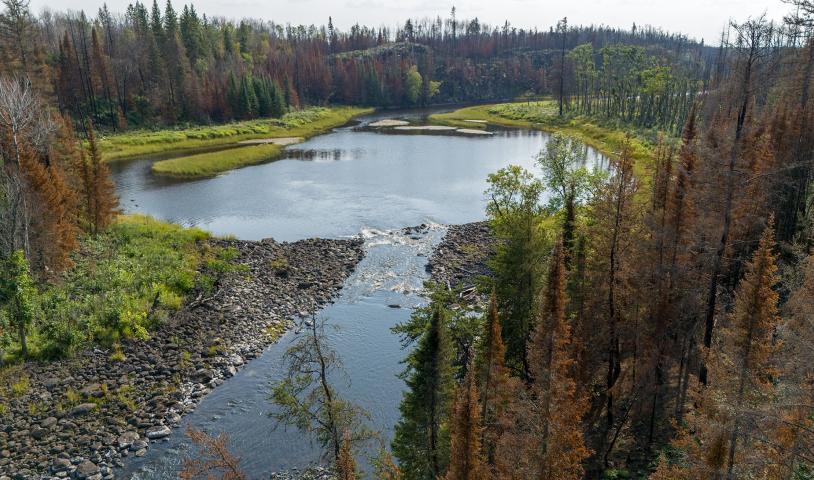'This is our life support system': Habitat loss in Manitoba's grasslands a significant threat, experts warn
Monday, May 13, 2019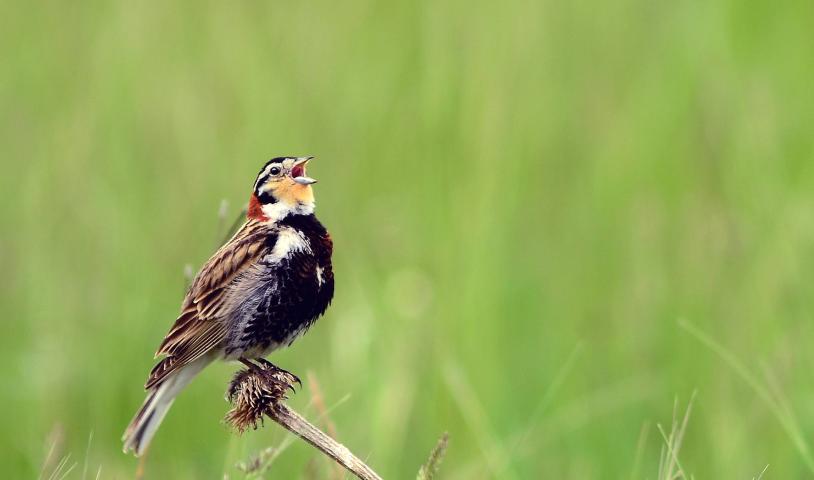
UN report this week highlighted grave risk to planet's biodiversity
Potentially disastrous habitat loss in Manitoba's southern grasslands threatens the region's biodiversity, experts warn — and the humans who rely on it.
"We have this system that provides for us. We have no technology that can give us clean air and clean water and food and functioning arable land," said Eric Reder, a wilderness and water campaigner at the Manitoba branch of the Wilderness Committee.
"This is our life support system."
"The underlying message is that with the loss of species and biodiversity, we're risking the collapse of human society," @EricReder said. #MBpoli #ClimateActionMB #IPBES7 #IPBEShttps://t.co/BRIKqW3ruT
— Wilderness Committee Manitoba Office (@WilderNewsMB) May 7, 2019
Reder's warning comes following a startling report released by the UN Monday outlining the dire state of Earth's biodiversity, with extinction looming over one million species of plants and animals planetwide.
According to the Nature Conservancy of Canada, over 70 per cent of Canada's grasslands and 50 per cent of grasslands worldwide have been lost — classifying the ecosystem, which is home to a diverse range of plants, insects and animals, as one of the world's most endangered.
Human activity — mainly the conversion of the grasslands into croplands — is the biggest factor causing prairie species' populations to decline, scientists say.
"Once you take that grassland and convert it to cropland, their home is basically taken out from under their feet," said Christian Artuso, a biologist with Bird Studies Canada.
"People plow it up once, get five or 10 years out of it, realize that it's not productive land and then it may go back to some use — but unfortunately, the damage has been done at that point."
Bird species at risk aren't a new phenomenon, Artuso says, but the number of species at risk has been increasing at a much faster rate in recent decades.
"I remember when I first came to Manitoba in 2000, there were only about a dozen birds that were considered red-listed."
Now, 35 species of birds are at risk in Manitoba, among a total of 84 animal species at risk in the province.
The birds that are at significant risk are those which nest in the tallgrass and mixed-grass prairies in southern Manitoba. Artuso says those areas are particularly vulnerable because of how easy they are to cultivate.
One of the prairie birds that is most threatened is the chestnut-collared longspur. Artuso said that according to breeding surveys that have been going on since the mid-1960s, biologists estimate the longspur population has dropped roughly 90 per cent.
"In the early 20th century, it was the most abundant bird around the prairie grassland area of the Red River Valley. It's now gone from there completely and you have to go way west to the Saskatchewan border to see that bird," Artuso said.
Although the situation is dire right now, he does see potential for the at-risk prairie birds' populations to begin growing again.
The solution, Artuso says, would be economic incentives that encourage farmers to introduce more grazing animals onto their lands, whose presence serves as a natural way to prune the land and make it habitable to birds again, rather than converting the land to cultivate crops such as canola, corn and hemp.
"The cornerstone of our modern economy is economic growth," he said, "but we can't grow endlessly. Anything in nature that does soon hits a wall and has a population collapse.
"We're not at the point of no return yet. We will get there if we don't do something."
'We have the starkest warning'
Nicola Koper, a professor at the Natural Resources Institute at the University of Manitoba, said that the continued loss of prairie habitats in Manitoba contributes to a cycle of negative impacts on human life.
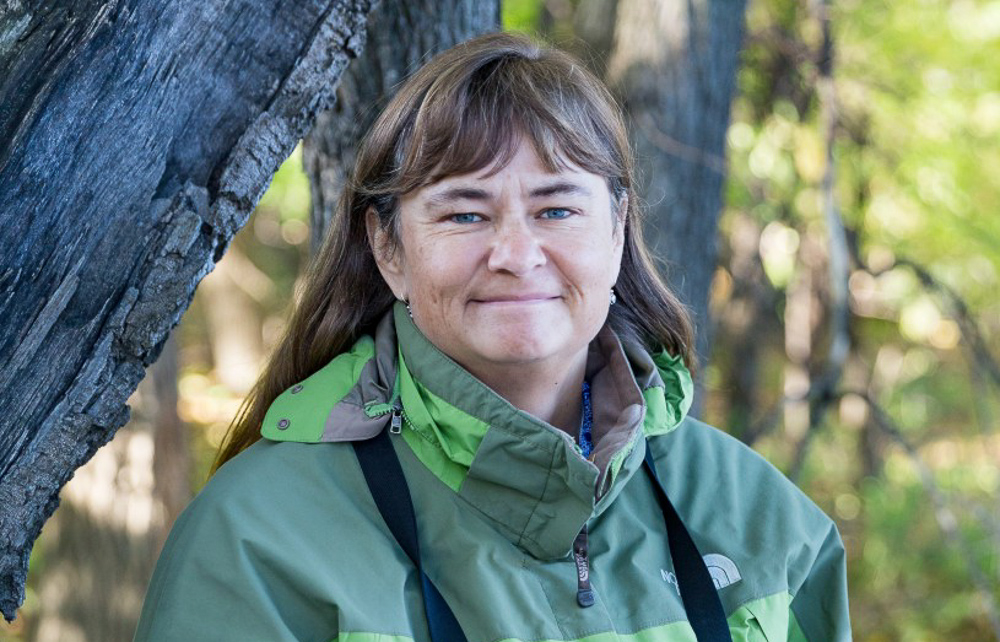
"Ultimately, I think that we need to decide what kind of a world we want to live in. And I think a high standard of living includes things like having abundant fresh air and abundant fresh water, having parks and open spaces and having beautiful wildlife that lives all around us right in our own province," Koper said.
In addition, native tallgrass prairies provide natural flooding reduction, Koper said. Because of the variety of grasses and other flowering plants that naturally occur in the prairies, the rate at which snow melts is slowed down. As a result, spring flooding is less likely to occur and the moisture instead seeps into the soil, making it easier for plants and crops to grow.
According to Koper, one of the simplest ways to help improve biodiversity is simply experiencing the benefits it has to humans first hand.
"One of the most important things that people can do is just to get outside and enjoy the beautiful animals we have. Because the best advocates for biodiversity are people who really love our natural world and want to protect it."
That protection is urgently needed, says the Wilderness Committee's Reder.
Grasslands habitat loss is extensive enough to spark a bigger conversation around biodiversity loss in our province as a whole, he says.
"Science is telling us that we have the starkest warning. If we don't preserve nature and work to act only within the constraints of nature, then human society will collapse."
